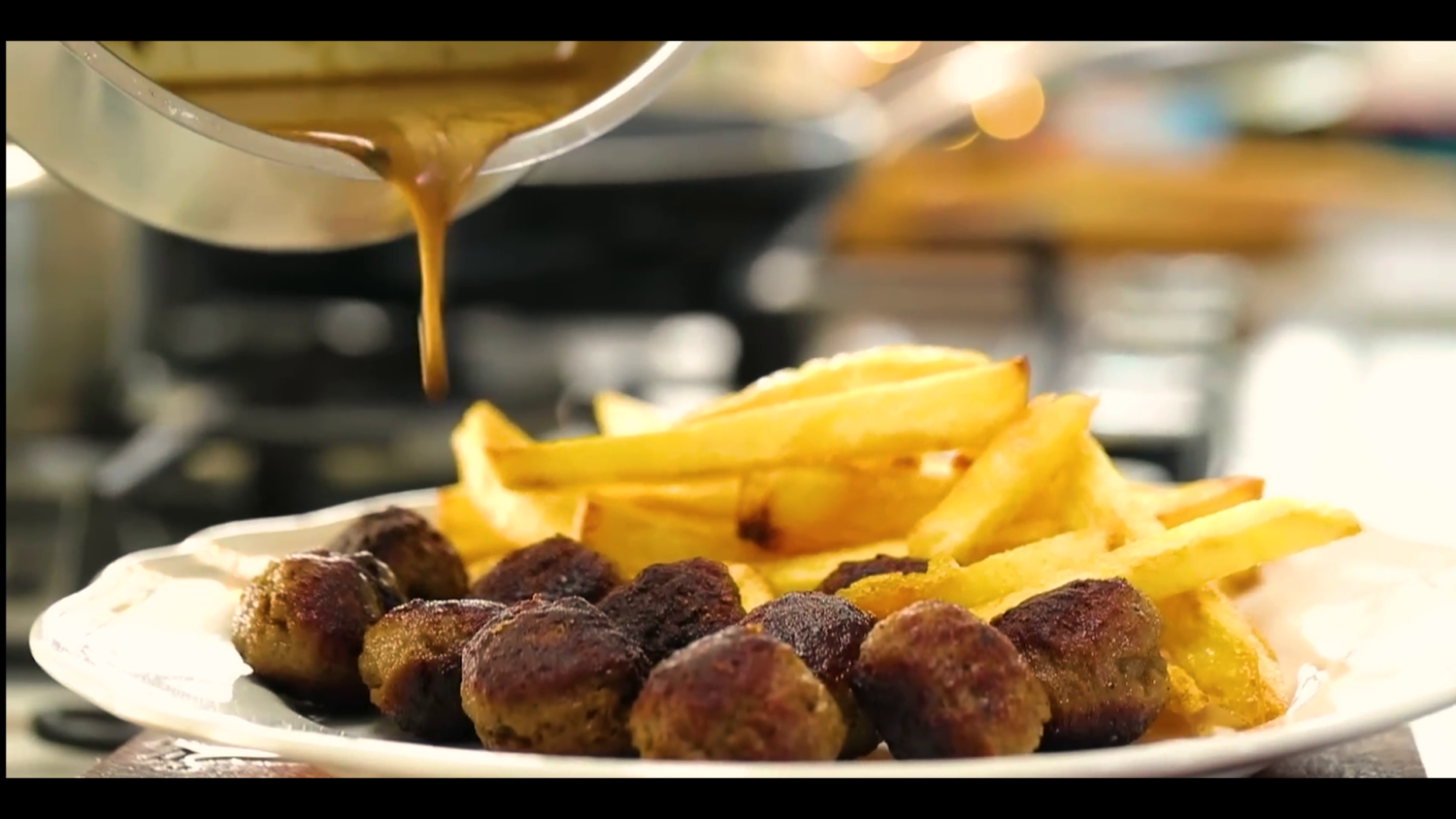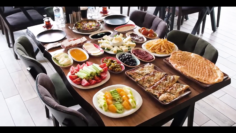Meatball
Did you know that the world-famous Swedish meatball actually originates from Türkiye?
In 1709, Swedish King Charles XII, also known as Iron Head Charles, sought asylum from the Ottoman Empire after being defeated by the Russian Tsardom.
Following this request, King Charles spent more than 5 years under the protection of the Ottoman Empire and when he finally had the opportunity to return to his country, he took the recipe for a delicious Turkish dish with him. That is, the recipe of meatballs.
Although the recipe underwent a few changes over the years according to the Swedish taste and is known as Swedish meatballs worldwide, Yes. The Swedish meatballs are actually Turkish meatballs.
While the meatballs enriched with spices, bread, onion and parsley were cooked in clarified butter and often wrapped in caul fat as part of the Ottoman Palace cuisine, today, they come in a rich variety of options, prepared by frying with vegetable oil or butter, cooking in sauce or broth, or grilling, with preparation and cooking methods varying from region to region.
Meatballs, which hold significant importance on today’s tables, reflect their regional characteristics through features such as their preparation methods, ingredients, and marination times, shaped by geographical boundaries and various factors. Meatballs made with different flavors, spices and meat reflect Türkiye’s cultural diversity. Turkish cuisine, which includes vegan and vegetarian options like çiğ köfte (raw meatball) and mercimek köftesi (lentil balls), appeals to every palate.
For this reason, there is no single type of meatball in Türkiye, in many parts of Anatolia, it is possible to find meatballs with different names, shapes and flavors such as Sultanahmet Meatballs, Akçaabat Meatballs, İnegol Meatballs, İçli (stuffed) Meatballs, Ekşili (with lemon sauce) Meatballs, Sulu (sauced) Meatballs.
It is possible to eat a different kind of meatball every day for a year and travel across Türkiye without eating the same meatball again.













